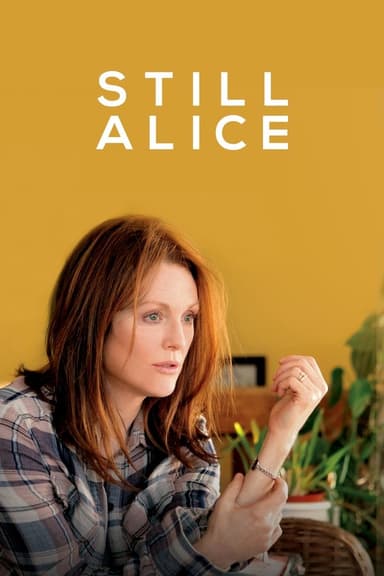
Like Dandelion Dust
2009 • Drama • PG-13
A compelling drama that explores the different meanings of being a parent through the gritty, realistic lives of a struggling family, and a privileged family. Their lives intersect, intertwine and collide, all for the love of a little boy. This film bravely exposes the humanity in each character reminding us that we each have the potential to be the best and worst versions of ourselves at any time.
Runtime: 1h 40m
Why you should read the novel
If you're looking for a deeply moving and immersive experience that delves into the complexities of love and sacrifice, Karen Kingsbury's novel Like Dandelion Dust is a must-read. The book offers rich character development and an emotional narrative that draws readers into the heart of the story, providing a level of depth and detail that the movie adaptation simply can't match. Exploring the internal struggles and motivations of the characters, the novel gives readers a more nuanced understanding of the ethical and emotional dilemmas at play. By reading the source novel, you'll gain insight into perspectives and subtleties that bring the characters' journeys to life in a profoundly personal way. In addition, Karen Kingsbury's evocative prose creates a vivid sense of setting and atmosphere, making the experience of reading Like Dandelion Dust unforgettable and far more layered than the visual interpretation. Discover the inspiration behind the film by immersing yourself in the original book, where every thought, fear, and hope is articulated with care.
Adaptation differences
One of the main differences between the Like Dandelion Dust movie and Karen Kingsbury's novel is the level of character exploration. The book delves deeply into the inner thoughts and emotional landscapes of the main characters, offering a more complete understanding of their motivations, fears, and personal growth. The movie, while powerful, necessarily condenses some of these introspective details to fit the runtime and cinematic format. Another significant difference lies in the development and portrayal of supporting characters. In the novel, side characters are given more background, nuance, and agency, helping to shape the narrative in more subtle ways. The film streamlines or omits some of these secondary arcs to maintain focus on the central storyline, which can change the way viewers perceive key relationships and outcomes. Additionally, certain plot elements and sequences are altered or rearranged in the film adaptation for pacing and dramatic effect. Scenes that unfold over several chapters in the book may be shortened, combined, or even omitted entirely in the movie version, impacting the build-up and resolution of the central conflict. Finally, the emotional tone of the ending is presented differently in the two mediums. The book offers a deeper, more lingering exploration of the aftermath and emotional consequences of the characters' decisions, while the movie opts for a more immediate, visually-driven resolution that may feel less complex by comparison. These differences make reading the source novel a unique and rewarding experience, even for those who have already seen the film.
Like Dandelion Dust inspired from
Like Dandelion Dust
by Karen Kingsbury











